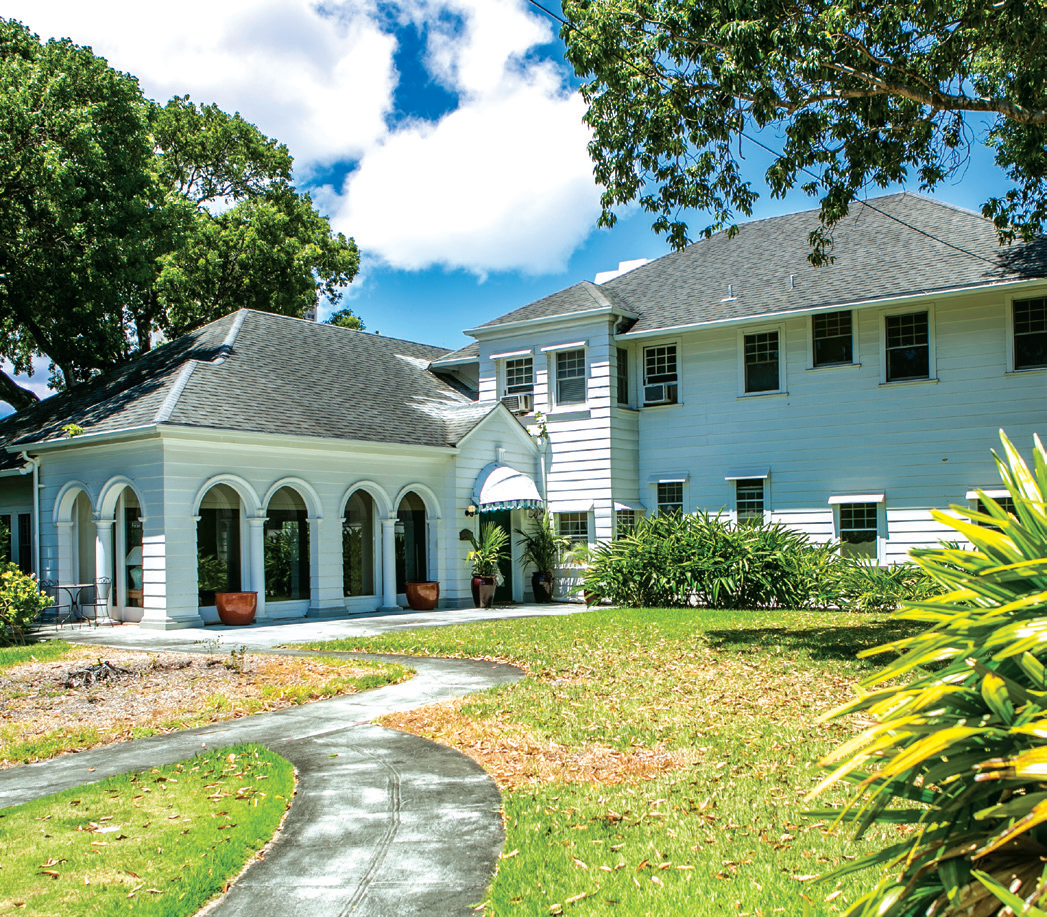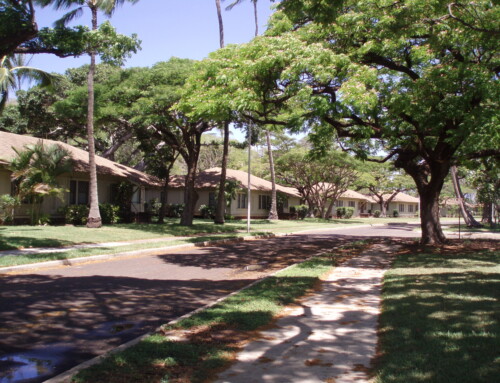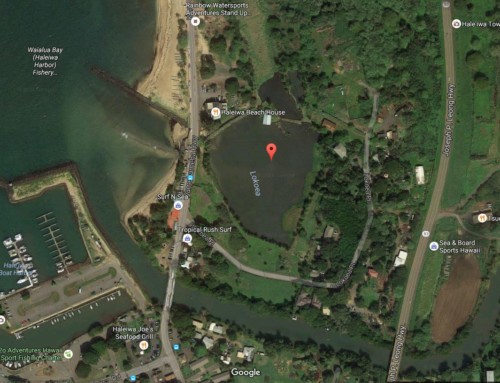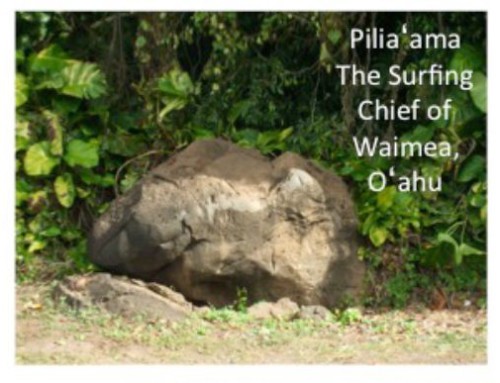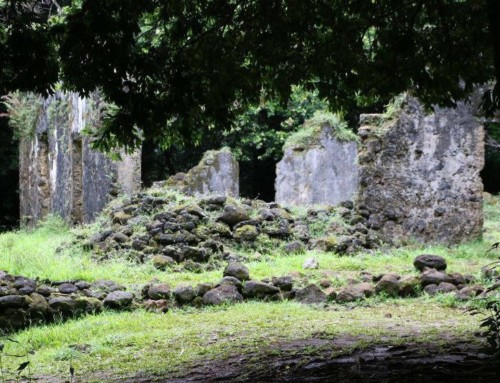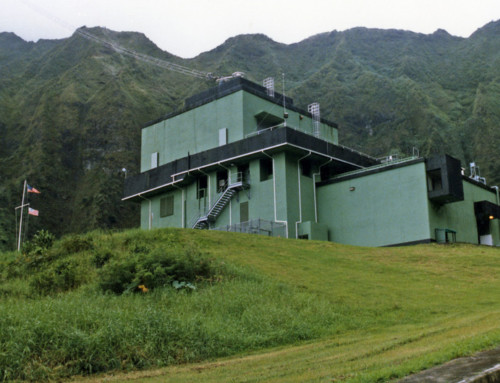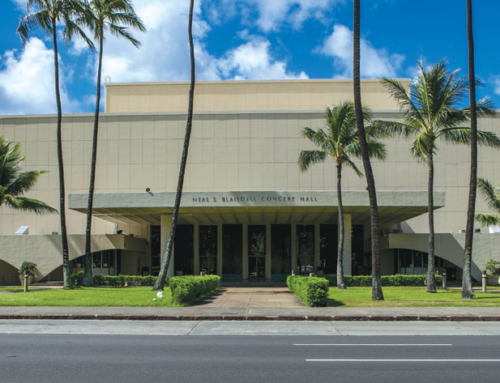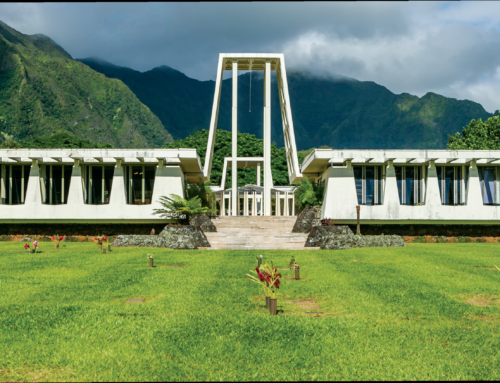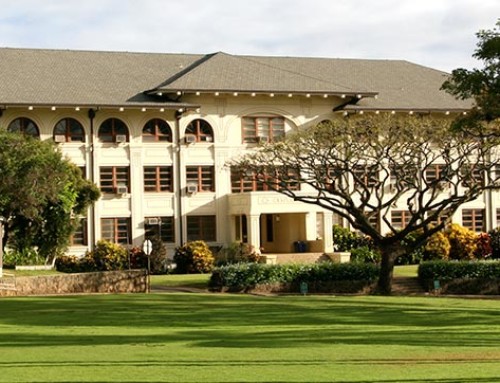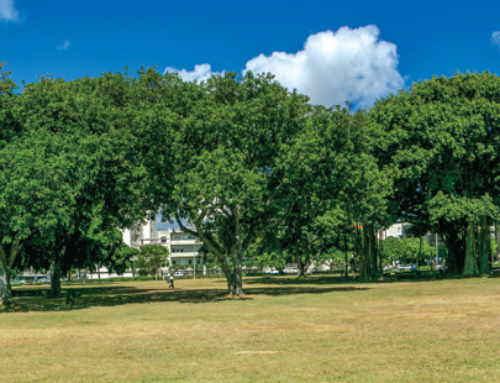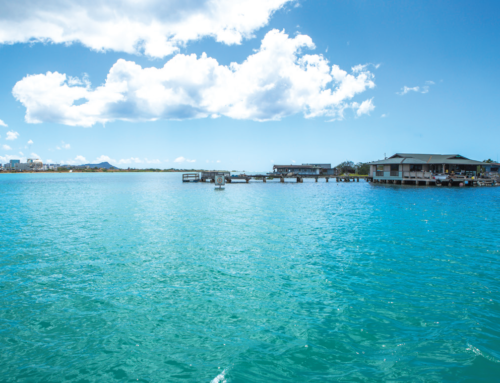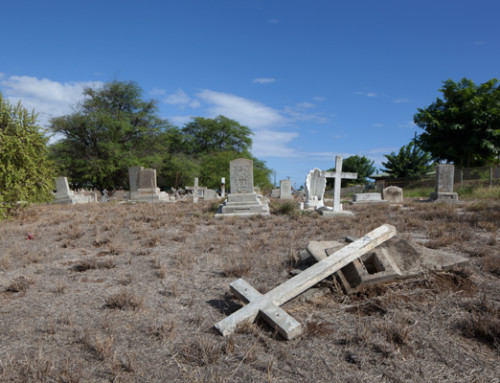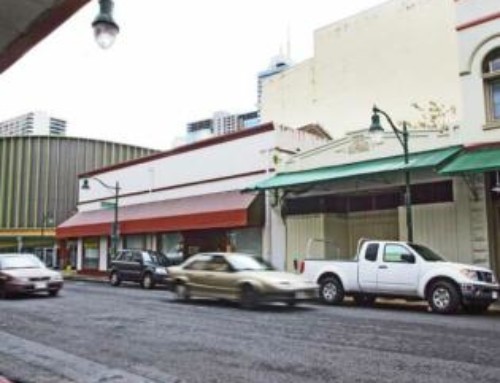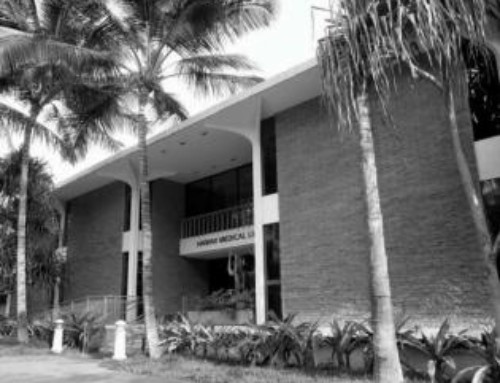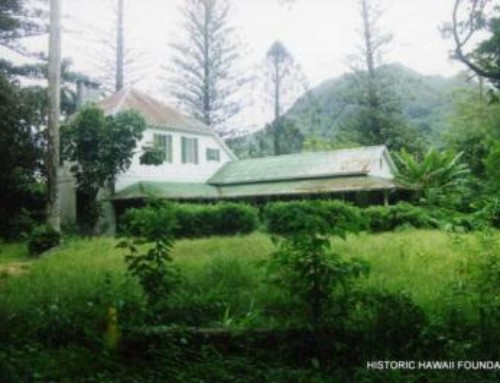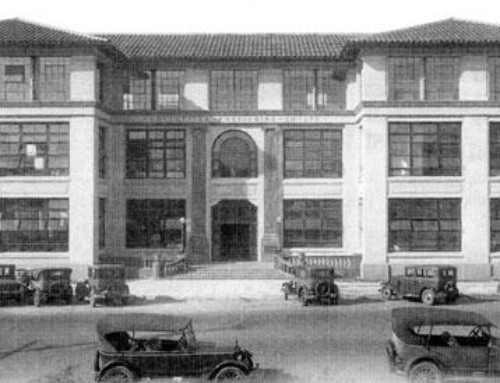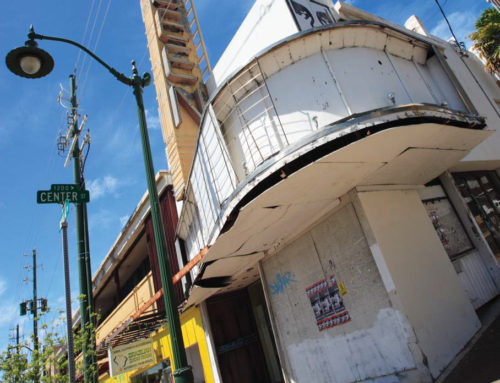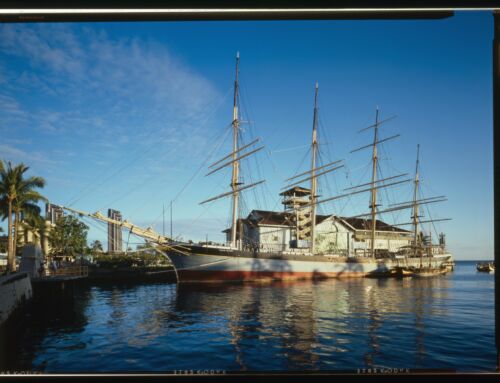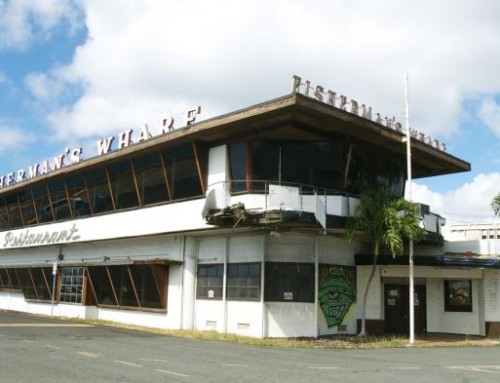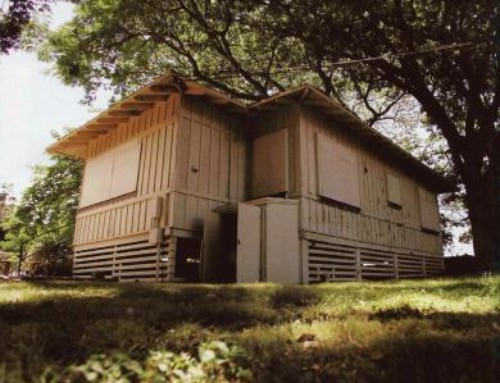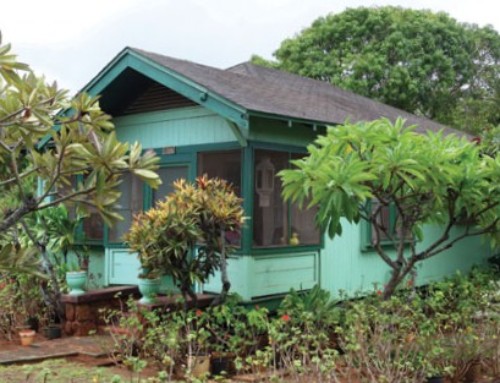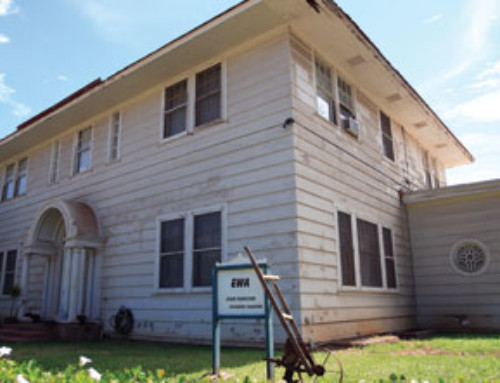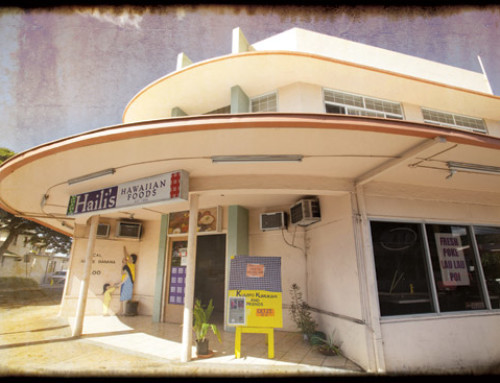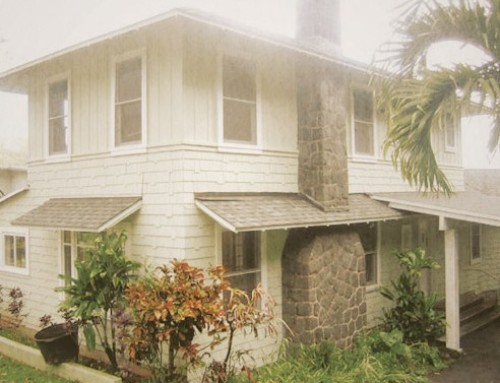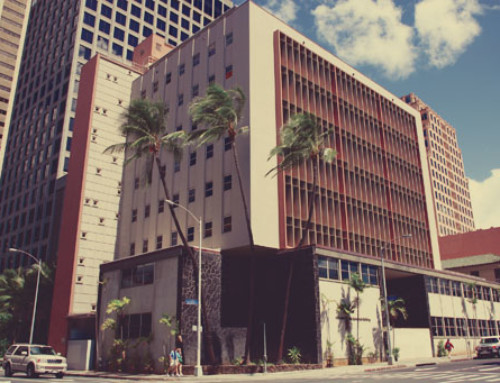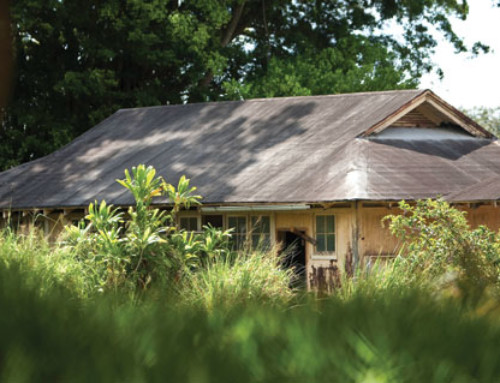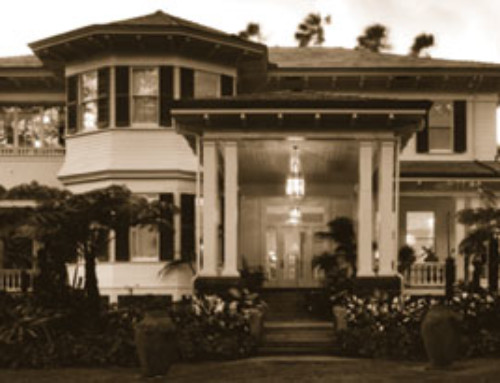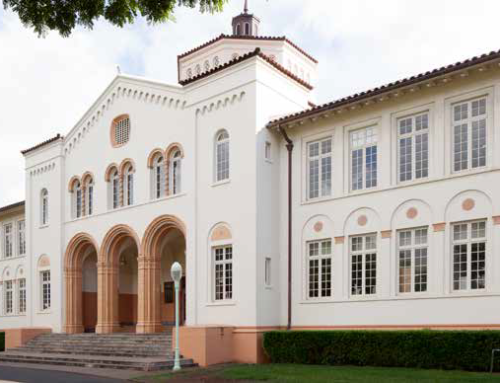Photography: Courtesy of David Croxford
Update: 2016
Article Written: By: Katrin Valcourt, HONOLULU Magazine
Catholic Charities Hawai‘i, which is located next to Laulima House on Ke‘eaumoku Street, purchased the property for $3.1 million in 2014 and has completed various renovations. “We saw the house itself as having great potential for the organization,” says Jerry Rauckhorst, outgoing president and CEO of CCH, especially because it lends itself to a homelike setting, rather than an institutional setting, like CCH’s Clarence T.C. Ching campus. It’s a more appropriate place for kids in foster care to schedule visits, to train volunteers or to have events, for instance. “This was something we couldn’t afford not to do.” “We respect the historic nature of the facility, so when we did various renovations, obviously we wanted to make sure we were very respectful of the historical significance,” Rauckhorst says. “We went to some lengths to ensure we were doing that in a very respectful mode.”
LISTED AS ENDANGERED IN 2014
Article Written By: Loren Moreno, HONOLULU Magazine
What is it?
Also known as the Ernest R. Cameron House, Laulima was built in 1924 in the popular Beaux-Arts style in Makiki, and is one of the last remaining large estates in this once-affluent community. The house was built for Ernest Cameron and his wife, Alice Lewers Hopper, and its design and construction represent the overwhelming desire in Honolulu, at the time, to build homes that emulated Mainland styles.
In addition to the Beaux-Arts columns and arches of the front lānai typical of Mainland homes, Architect Herbert Cayton Cohen also included more tropical elements, such as a shaded, breezy breakfast room overlooking the back lānai. With Makiki now teeming with condominiums and apartments, Laulima is one of the few remaining symbols of the neighborhood’s historic character.
What threatens it?
Much to the dismay of preservation advocates, it is being marketed as a redevelopment opportunity, says Barbara Shideler, an architect who created plans to preserve the property. What’s more disturbing? The realty listing falsely claims the property is not included on any historical registry, Shideler says. Joanna Amberger, board president of AAUW, and Scott Gomes, real estate broker at CBRE, failed to return multiple phone calls and emails for this story. Shideler fears that someone may purchase the property, tear down the home and build a condominium in its place.
What can be done?
The best hope for the property, Shideler says, is for it to be purchased by a person or organization sensitive to its historic nature. Similar to the Robertson Estate, which was bought by Hawai‘i Baptist Academy, the property would be best used by a social services organization that could afford its upkeep and would preserve it, Shideler says.


